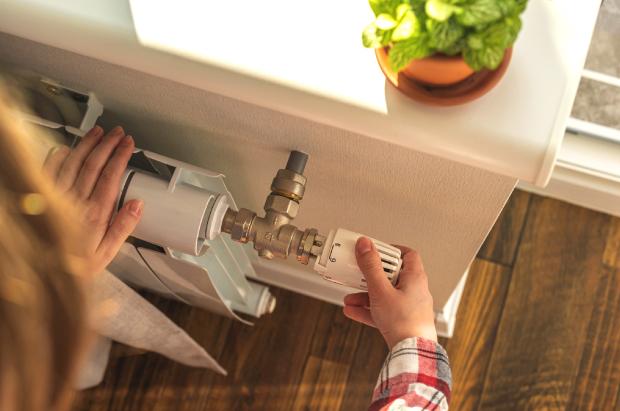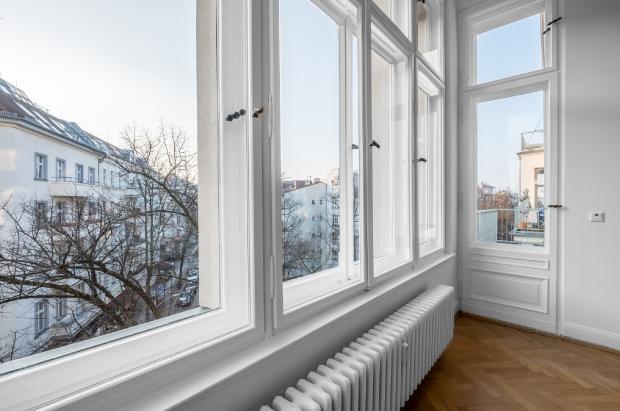The distribution of condominium heating costs is divided between the various condominiums through the thousandths owned by each.
Distribution of heating costs in condominiums
According to the legislation in force in Italy, the distribution of condominium heating costs must follow certain criteria established by Civil Code (art. 1123 cc) and so on condominium regulation.
In particular, the expenses must be divided between the condominiums based on the thousandths of ownership, which represent the share of ownership of each condominium owner over the entire building.
This principle can be modified by the condominium regulation, but the starting point always remains that of proportionality to thousandths.
Collector system – for distribution of heating costs – pixabay
Furthermore, with the D.Lgs. 102/2014 the obligation to install has been introduced heat accounting systems in all buildings with central heating.
This system allows you to determine the actual consumption of each real estate unit and to divide expenses not only on the basis of thousandths, but also on the real consumption.
How the distribution of condominium heating costs works
The distribution of heating costs in a condominium with central heating generally occurs in two components:
- Fixed fee: covers the fixed expenses related to the management of theheating systemsuch as maintenance, operating costs and heat losses. According to data from Censusthe fixed fee represents on average the 30-50% of the total heating costs in a condominium.
- Variable fee: it is linked to actual consumption of each condominium and is determined through the heat meters.
Thanks to these devices, each condominium owner pays based on own energy consumptionmaking the system fairer.
For example, a condominium owner who uses heating less will pay a lower variable fee than someone who uses it more intensely.
This system encourages more energy efficient behavior, reducing waste and CO2 emissions.
Differences between traditional central heating and heat meters
The introduction of heat meters has significantly changed the management of condominium heating.
In condominiums with traditional central heatingthe expenses were divided entirely on the basis of the thousandths of ownership, without taking into account the actual use of the heating by the owners individual condominiums.
 Radiator of apartment in condominium with central heating – photo Getty Images
Radiator of apartment in condominium with central heating – photo Getty Images
This often led to situations of discontent, in which some condominium owners paid for a service that they use little or not at all.
With the installation of cost accountants, expenses are now shared more equally, as part of the costs is calculated on the basis of actual consumption.
According to research conducted byAENEASthe introduction of accounting has allowed a reduction average of 20-30% on heating costs for condominiums, as well as a significant decrease in greenhouse gas emissions.
Who pays for the maintenance of the condominium boiler
The ordinary maintenance of the boiler is generally dependent of all condominiumsaccording to the distribution of expenses established by the condominium regulations or by thousandths of ownership.
Ordinary maintenance costs include interventions such as cleaning of the systemil smoke control and the verification of energy efficiency.
However, when it comes to extraordinary maintenance from the water heatersuch as the replacement of main components or the technological update of the system, the costs can be higher and are distributed differently.
Condominium heating: expenses between tenant and owner
The question of distribution of expenses Between tenant e owner is regulated by Law 392/1978: the costs of ordinary managementsuch as maintenance and use of heating, are paid by the tenantwhile the extraordinary expensessuch as boiler replacement or extraordinary maintenance interventions, belong to the owner.
However, it is important that these provisions are clearly stated in the rental agreement.
Unless otherwise specified, the tenant shall contribute only to expenses related to use of the heating systemwhile the owner will bear the structural management costs.
Data Annual report on condominium energy savings
According to the Annual report on the ENEA energy savingabout the 60% of residential buildings in Italy are equipped with a central heating system.
The installation of heat meters it was completed in over 70% of Italian condominiums by the end of 2021, thanks to the mandatory nature introduced by Legislative Decree 102/2014.
 Central heating with heat meter – photo Getty Images
Central heating with heat meter – photo Getty Images
A Censis investigation revealed that the introduction of these devices has led to an average reduction in consumption 15-20% in the first two years after installation.
Furthermore, condominium owners who have adopted more conscious behaviors in the use of heating, such as reducing the hours it is turned on and better regulating the internal temperature, have obtained a energy saving ranging from 25% to 30%.
From an economic point of view, according to data from Construction Confederationthe average annual costs for central heating in an Italian condominium are around 700-1,000 euros per apartment, but can vary considerably based on the efficiency of the system and the geographical location of the building.
In the colder areas of Northern Italy, costs can be 20-30% higher than in the Southern regions.
Understanding the functioning and regulations relating to the distribution of condominium heating costs is essential to guarantee transparency and correctness in the condominium management.
Current regulations, supported by devices such as heat meters, aim to improve energy efficiency and ensure a more equitable distribution of costs between condominiums.
Source: www.lavorincasa.it


